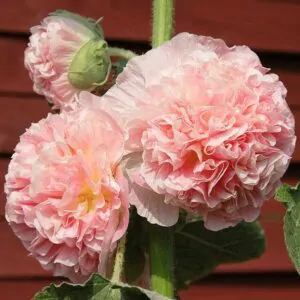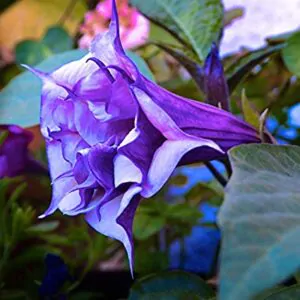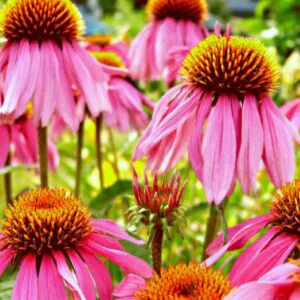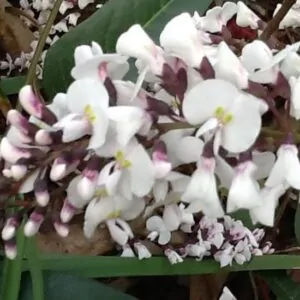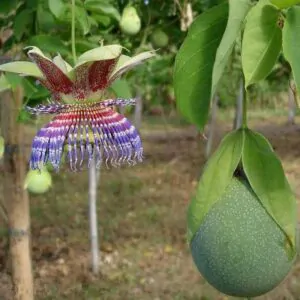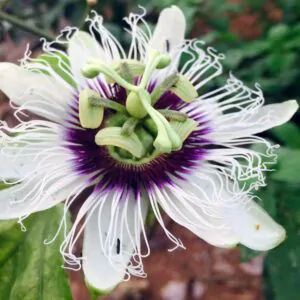$4.43
/ per pack
Choose seeds per pack:
Botanical Nomenclature: Merwilla plumbea / Scilla natalensis
Common Name: Blue Liry Of The Mountain, Lirio Blue Snake Head, Wild Squill, Blue Squill
Family: Hyacinthaceae.
Origin: South Africa
Height: 0.35 – 0.50 Metro
Luminosity: Full Sun, Partial Shading, Shadow
Climate: See Description Below
Merwilla plumbea is a bulbosa perene, native of south africa and its area of occurrence extends throughout austral africa.
The species are found growing in a large variety of habitats, like in sunny enclosures, rocky hills, climb edges, near waterfalls, in depressions under the margins of streams and coastal areas; both in groups or only as lone examples.
Your current status of conservation at iucn is vulnerable, due the withdrawal of nature to trade. Intensive harvest is causing a decline in wild populations in an increasing area of their distribution trunk.
The common name in african (blouberglelie) means blue liry of the mountain and is in use hundreds of years. It won the common name (blouslangkop), which means (blue snake head), presumpely, because the stream of the emerging flower sees a cobra and the points of flower clothes are many times of purple-blue colorful. The name zulu (inguduza) means (looking in the body for the disease), indicating its use in kwazulu-natal, as a tool for diagnosis of different body diseases.
This is a easy cultivation plant and ideal for stone and original gardens. Also provides a beautiful effect in gardens when in plant forming groups of three to four plants. They are relatively tolerant to the drought, but to grow satisfactily in the lack of rain, need irrigation sufficient during summer. During the winter, can be kept without irrigation, but on soil drained or inclined lands, receive water water very well. It is tolerant at temperatures up to (-7º c).
Inflorescence is a straight branch of hundreds to thousands of flowers starless and sustained by a blue amethystal square, providing a magic effect of a star pen floating in the air. Simply fascinating.
Flowers are aromatic during night and visited by bees during the day.
The flora stems can be removed promoting belisimos arrangements of interior.
| Weight | N/A |
|---|
